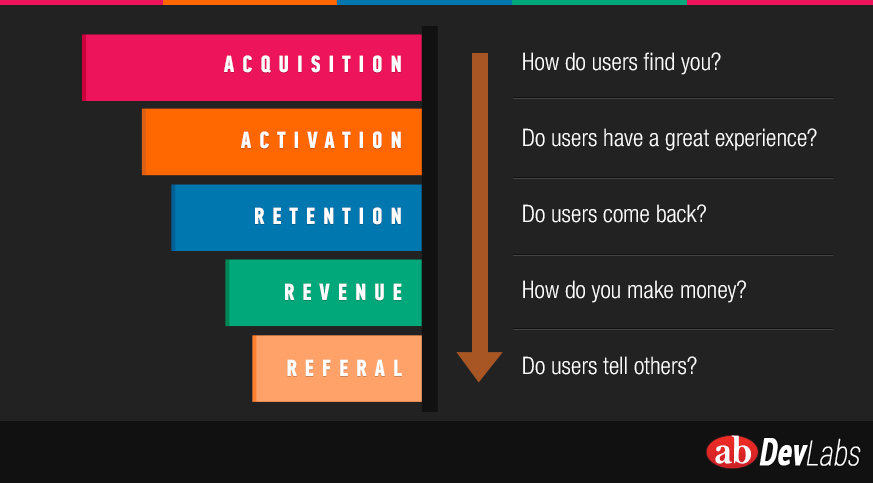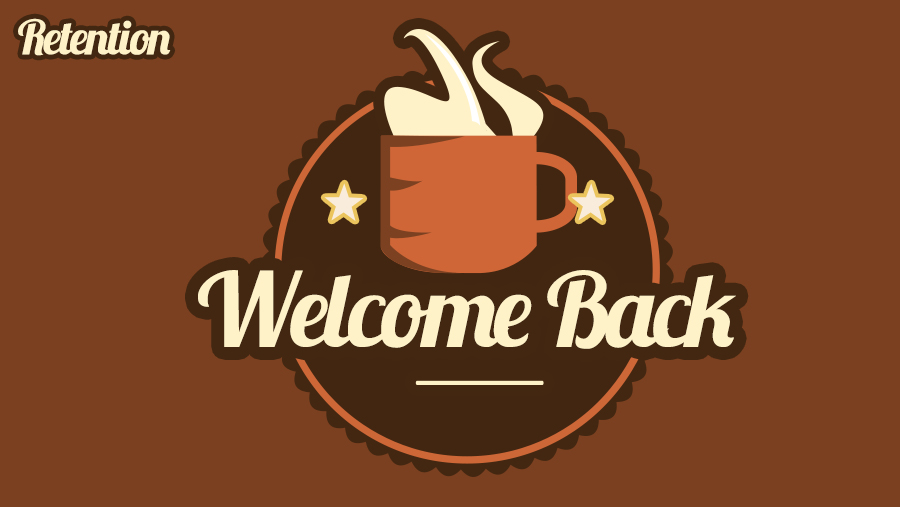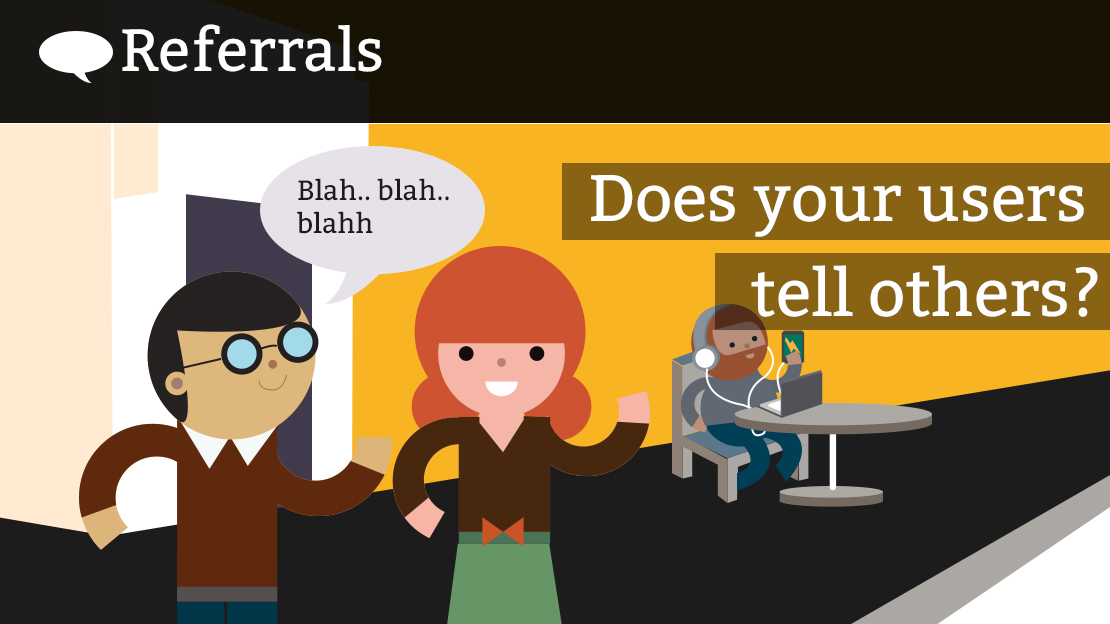
A growth hacker’s primary goal is to drive people down the funnel.
In the startup world, there’s quite a buzz with the term growth hacking?
What is Growth Hacking?
The term is first coined by Sean Ellis, who defined a growth hacker as “a person whose true north is growth. Everything they do is scrutinized by its potential impact on scalable growth”
It simply means hacking growth. How can you grow your startup’s user base to ensure your startup and product’s success. A growth hacker is somebody who uses various marketing and coding skills to grow and retain users.
The Importance of User Growth
Growth is important because customers are the lifeline of a startup. If there are no customers for your startup, then it’s destined to fail. And most startups fail not because of product development, but rather due to the lack of customers.
To further understand, Growth Hacking, let’s take a look at the Growth Hacker Funnel. (derived from Dave McClure’s AARRR Startup Metric Model)

Step 1: Acquisition – How Do Your Users Find You?
The first stage is very essential. With acquisition, you’re using any and every channel to get to your website and product. It basically involves getting people to your product that don’t know about you.
Tactics: Blogs, Guest Blogging, Social Media, SEO, Infographics, Network Invitations, Contests, Podcasting, Display Ads

Step 2: Activation – Do users have a great first experience?
Now, at this stage, we’re assuming you have visitors to your site. The questions is, how do you turn your visitors into active members?
Once people are on your site, list down what actions do they need to do to get to the next stage of the funnel. Structure your website in a way that guides user experience.
You have to “convert” them from being a chance visitor to being an active user. If you’re offering a product or service, try to have a quick video for them to view and find the “Aha” Moment.
Tactics: Onboarding, Explainer Videos, Landing Page, Gamification, Education, Ebooks Guides

Step 3: Retention – Do your users come back?
Now, how do you keep your users / visitors coming back to your site or use your product?
Keep your visitors by providing value – daily quality content on your blog, enticing social media network updates. Email Marketing and Retention goes hand in hand. Use emails to bring your visitors back to your site.
Tactics: Newsletters, Downloadable Ebooks, Invite only Webinars, Email, Alerts and Notifications

Step 4: Revenue – Your Paycheck.
If you’ve done a good job with the previous stages of the funnel – this is where it all leads. Do you want your customers to try out your service, download and buy your product? This is where your paycheck comes in.
Take note. If you’ve gathered as much feedback from the user. And implemented the Customer Development method by Steve Blank. You’ve got this covered.
Remember, don’t build a product that nobody wants.

Step 5: Referral – Does your users tell others?
The last and final stage is to for your users to invite their friends to join in. It’s best to provide a reward or an incentive for this.
Dropbox used a similar tactic when they first launched. For every user referral that signs up, the user will invite others to join, and will get additional storage. This is by far, the most simplest way to do it – a perfect win-win situation. More users for you / more storage for the users.
Tactic: Freebies for every 10 user signups, T-Shirt, Coupons, Discounts. Affiliate.
One last reminder. Testing, Testing and Testing.
With Growth Hacking, you have to check your analytics. Is your Acquisition tactics working? Which channels are you getting more hits? Is your bounce rate improving? Are you leading your visitors down the funnel, step by step?
The main ingredient for Growth Hacking:
You have to understand your users/ customers. Know what their pain point is, and solve their problem – make their life easier.
Another key thing is to understand and study your competitors, learn from their tactics by being a user. Go to their websites and analyze what tactics they use for each stage of funnel.
Growth Hacking means there are a lot of testing involved, and analytics is you need in measuring stick on how successful you are doing in each stage of the funnel.
If you follow all the steps above, there’s no doubt that you will increase user growth for your product / startup.
